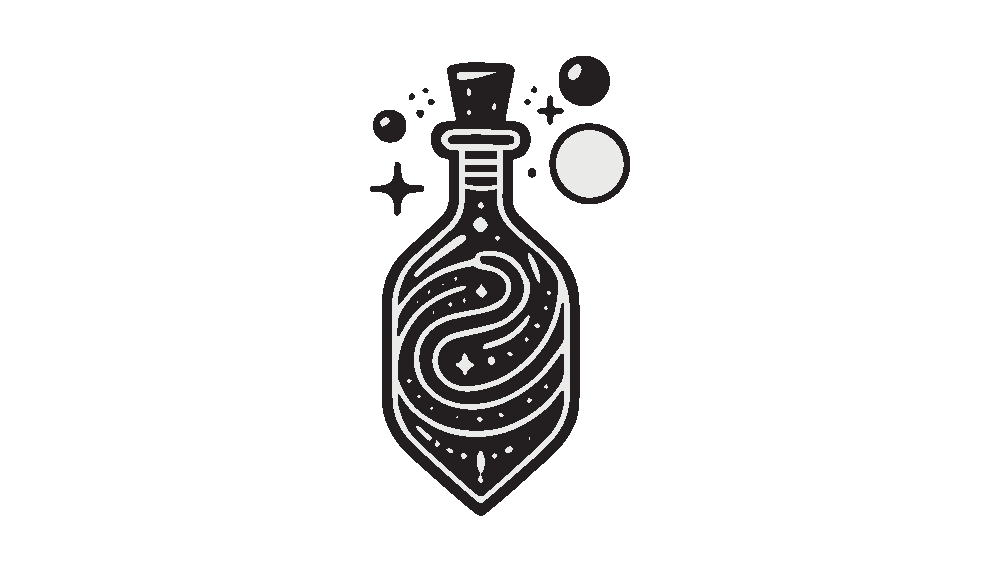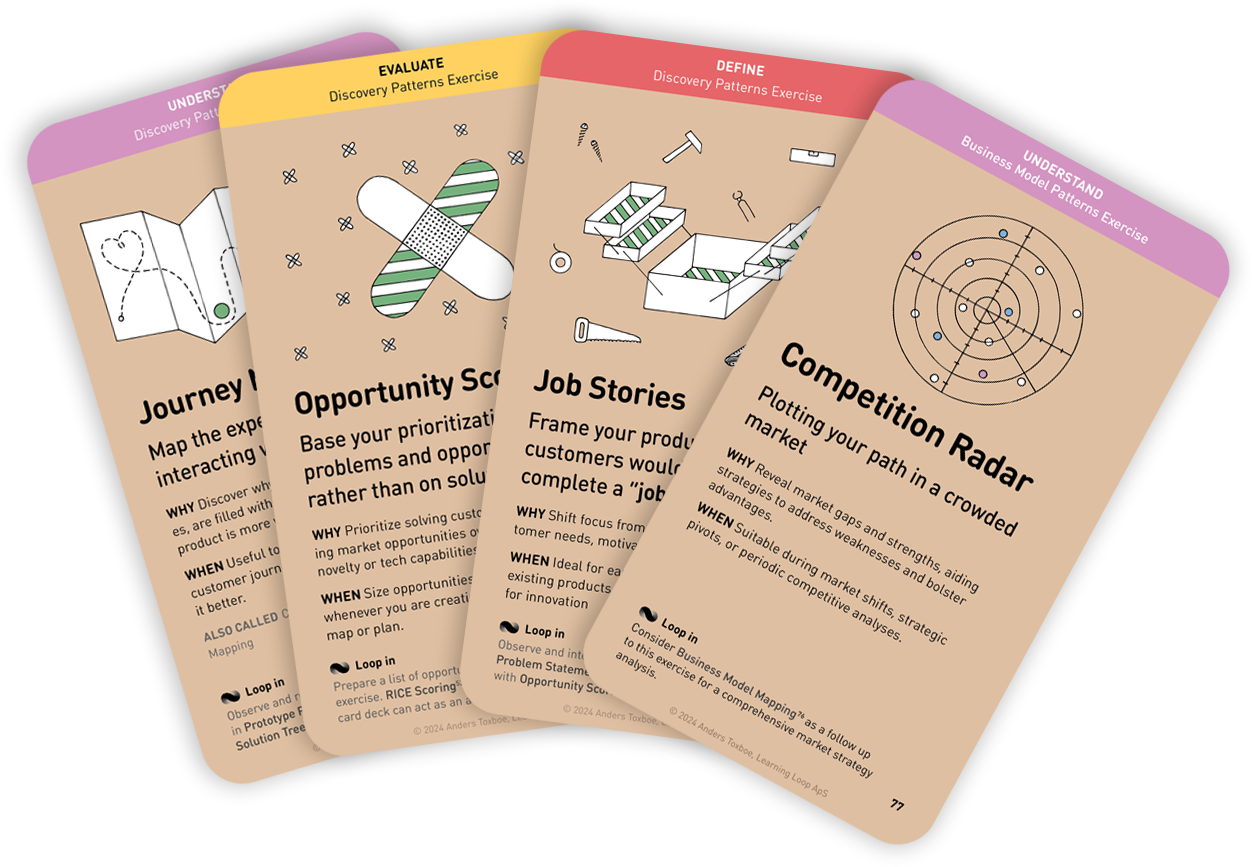
Why: Uncover deeper, often unarticulated needs, desires, and motivations by encouraging creative problem-solving and thinking beyond conventional solutions.
When: Use to explore solutions, understand user needs, and motivations at a deeper level when conventional methods have not yielded sufficient insights.
The Magic Object workshop exercise is a creative, participatory design activity aimed at uncovering deep insights into the user’s needs, problems, and desires. By assembling a group of users from your target design audience and co-creating a solution with them, you are tapping into valuable information and experience directly from the field.
Participants are tasked with creating a ‘magic object’ that would solve a predefined problem, using a variety of crafting materials. This exercise helps in breaking away from conventional solutions and fostering creative thinking, ultimately revealing the underlying ‘job to be done.’
By asking users to design the solution they need, they are practically dictating their jobs to be done. The “Magic Object” workshop exercise is a creative and engaging technique, typically used within participatory design, to uncover deeper insights into the problems that participants are trying to solve.
Instructions for running this play
- Setup
Assemble a variety of crafting materials, such as paper, scissors, glue, markers, pipe cleaners, etc., that participants can use to create their magic objects. - Introduce the exercise
Clearly present the problem statement you want participants to solve with their magic object and explain that participants will create a “magic object” to solve this problem. Emphasize that there are no wrong answers and encourage creativity and out-of-the-box thinking. - Create magic
Set a Timebox for 30 to 45 minutes and let participants create their magic object asking:
“If you could create a magic object that solves this problem, what would it be?” - Present the magic
Ask each participant to present their magic object to the group, explaining how it solves the specified problem. - Discussion
Ask participants to elaborate on their thought processes, the identified solutions, and how their magic object addresses the problem (job to be done). -
Formulate Jobs-to-be-Done
Let each participant formulate the Jobs-to-be-done of their magic object using the following formula. Walk around the room to help and guide each participant.
When I (audience member) ____,
I want to ______, so I can ______. - Next steps
Write down the identified Jobs-to-be-Done identified through the magic object creation and the following discussions.
A collection of workshop exercises that will help you ditch dull meetings and facilitate with confidence. It will help you master the design process and have more productive time with your team. The card deck will be ready for purchase in the end of 2026 and is now undergoing rigorous testing.
Reserve your deck!